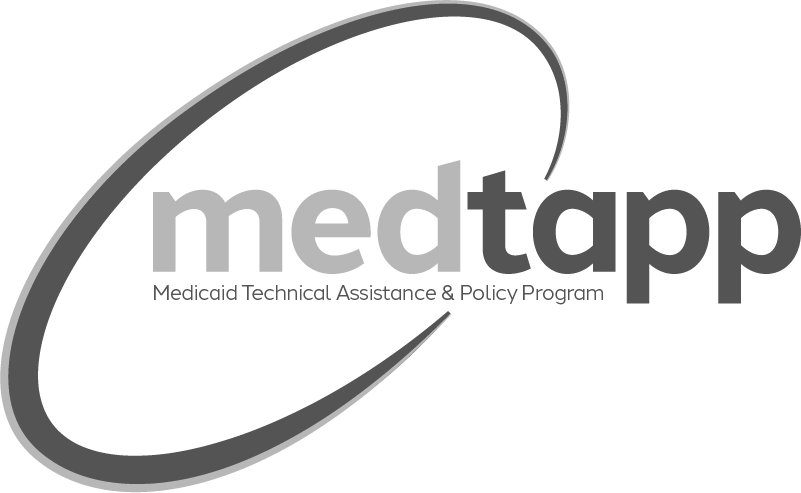Patient Education
Involving your Patients in Optimizing their Health
The clinical advisory panel provided direction to develop consumer education materials. They contain guidance on best practices to educate women with GDM on key topics that can impact the health of their pregnancy and baby. Additionally, the materials emphasize creating connections for the woman between her GDM diagnosis and risk for type 2 diabetes postpartum. A brief description of all of the educational documents is listed below.
Managing GDM
Once diagnosed with GDM, it is important for providers to work with their consumers before, during, and after pregnancy to minimize long-term health risks. The Provider Toolkit contains an overview of Gestational Diabetes Mellitus (GDM) and its potential consequences for the consumer and baby as well as steps to take to decrease adverse health outcomes.
Nutrition
Women with GDM require a structured plan to ensure their blood sugar remains at ideal levels. Identifying a well-rounded diet for your consumer with GDM to follow will encourage her to maintain healthy weight gain during her pregnancy and ensure her baby is receiving proper nutrients to promote growth. The Provider Toolkit contains information on advising women to change their diet including meal planning guidelines, a My Plate Planner, and visual tips on portion sizes. As many women struggle with food insecurity, make sure you ask her if she has resources to adhere to her recommended diet and connect her to social services assistance if she does not.
Exercise and Blood Sugar
Exercise during pregnancy can help your consumers reach their blood sugar targets. Follow the ACOG guidelines when recommending blood sugar levels to your consumers. The Provider Toolkit gives guidelines on types of exercise to recommend to your consumers with GDM, when to limit their activities, and how to test blood sugar regularly.
Breastfeeding and Reproductive Life Planning
Breastfeeding and reproductive life planning are topics many people don’t immediately associate with GDM management and prevention of T2DM. However, it has been shown that both breastfeeding and birth spacing have a significant impact on a healthy pregnancy through weight loss. Adequate birth spacing ensures women have time to lose weight postpartum. The Toolkit covers these topics and how to communicate the benefits to your consumers.
Postpartum Diabetes Testing and Shared Decision Making
Many consumers have difficulty following through on treatment plans due to a variety of reasons ranging from transportation, child care, work or other personal issues. Shared Decision Making is a proven model for engaging consumers in their care plan and improving consumers compliance rates. It is important that women with GDM take care of themselves during pregnancy to have the best chance of a healthy baby, but it is also necessary that they are aware of their risk for Type 2 diabetes postpartum so they can live a healthy life for that child. The Provider Toolkit will walk you through the process of shared decision making with sample questions and instructions. The Toolkit also includes talking points to clearly explain the importance of the T2DM test and the increased risk of T2DM for your consumers.
Additional Consumer Education Materials
- AMA-CDC National Diabetes Prevention Program Provider Guide
- Wash St WIC Program “My Pregnancy, My Baby, and Me” (Somali)
- Wash St WIC Program “My Pregnancy, My Baby, and Me” (English translation)
Office Resources
GDM Best Practices Flow Chart
A clearly defined plan for the diagnosis and treatment of GDM is important during both the prenatal and postpartum period. This flow chart outlines best practices for the treatment and care coordination of a GDM diagnosis beginning with the initial GDM diagnosis, throughout prenatal visits, and up to 4-12 weeks postpartum. It includes specific guidelines on when and how to schedule and remind consumers of a postpartum type 2 diabetes testing, and processes for the coordination of ongoing care with multiple providers.
Co-Management Agreement
Following the diagnosis of GDM, a primary OB/GYN or MFM often refers a consumer to a secondary specialist for education on GDM, glycemic monitoring, and the medical management of GDM. In cases where two or more health care providers are co-managing a consumer, providers should have an agreement that outlines their distinct roles early in the pregnancy and ensure that the consumer understands the division of responsibilities.
Primary Care Provider Notification Letter
Because of the link between GDM and the development of T2DM, it is important to notify a consumer's Primary Care Provider of a GDM diagnosis. A one-page, standard letter can include information on the management of a consumer's GDM, results of the T2DM testing, and recommendations for ongoing testing and care.





